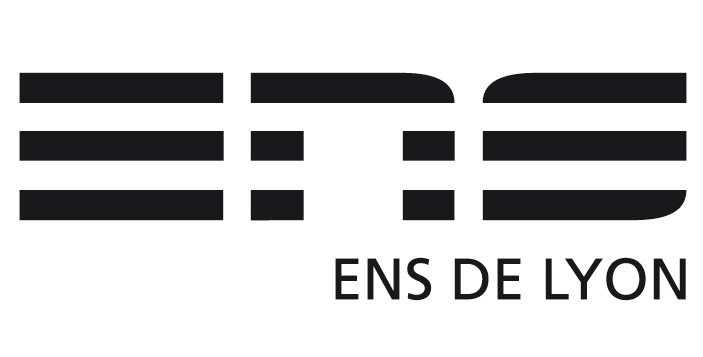Dr. Jacek GRAMS
| When |
Sep 11, 2013 à 10:30 AM |
|---|---|
| Where |
Salle des thèses |
| Contact |
Philippe Sautet |
Time-of-flight secondary ion mass spectrometry (ToF-SIMS) as a versatile technique to study the surface of heterogeneous catalysts
Heterogeneous catalysts are widely used in a great number of industrial processes. It is generally known that theiractivity, selectivity and stability depend on the composition and structure of the catalyst surface. Therefore, in order to develop the most efficient catalytic systems, it is necessary to acquire knowledge of the surface properties of uppermost layers of the investigated catalysts.The most popular techniques applied to the investigation of the catalyst surface are: transmission and scanning electron microscopy (TEM, SEM), X-ray diffraction (XRD), X-ray photoelectron spectroscopy (XPS), Fourier transform infrared spectroscopy (FTIR), Raman spectroscopy, thermogravimetric analysis (TGA) and other temperature-programmed methods (TPR, TPO, TPD) or BET surface area among others. However, an applicationof time-of-flight secondary ion mass spectrometry (ToF-SIMS) makes it possible to obtain new information about the surface of heterogeneous catalyst.
A fast development of this technique allows:
- to determine surface composition of investigated catalysts (including an identification of surface contaminants),
- to characterize theinteractions between an active phase and support or between metal atoms in the case of bimetallic catalysts,
- to estimate an active phase dispersion on the analyzed surface,
- to compare a metal oxidation degree after the treatment of the catalyst in different conditions,
- to investigate thecatalyst deactivation processes (formation of new chemical compounds, adsorption of various impurities and poisons on the catalyst surface),
- to determine decomposition process of catalytic precursors [1,2].
The aim of this presentationis to demonstrate theapplications of time-of-flight secondary ion mass spectrometry tothe investigations of the surface of heterogeneous catalysts.Moreover, the advantages and limitations of ToF-SIMS method during an analysis of the catalysts will be discussed.
Literature:
[1] J. Grams, New Trends and Potentialities of ToF-SIMS in Surface Studies. Nova Science Publishers Inc., New York (2007).
[2] J. Grams, “Surface studies of heterogeneous catalysts by time-of-flight secondary ion mass spectrometry”, European Journal of Mass Spectrometry, 16, 453-461 (2010).



